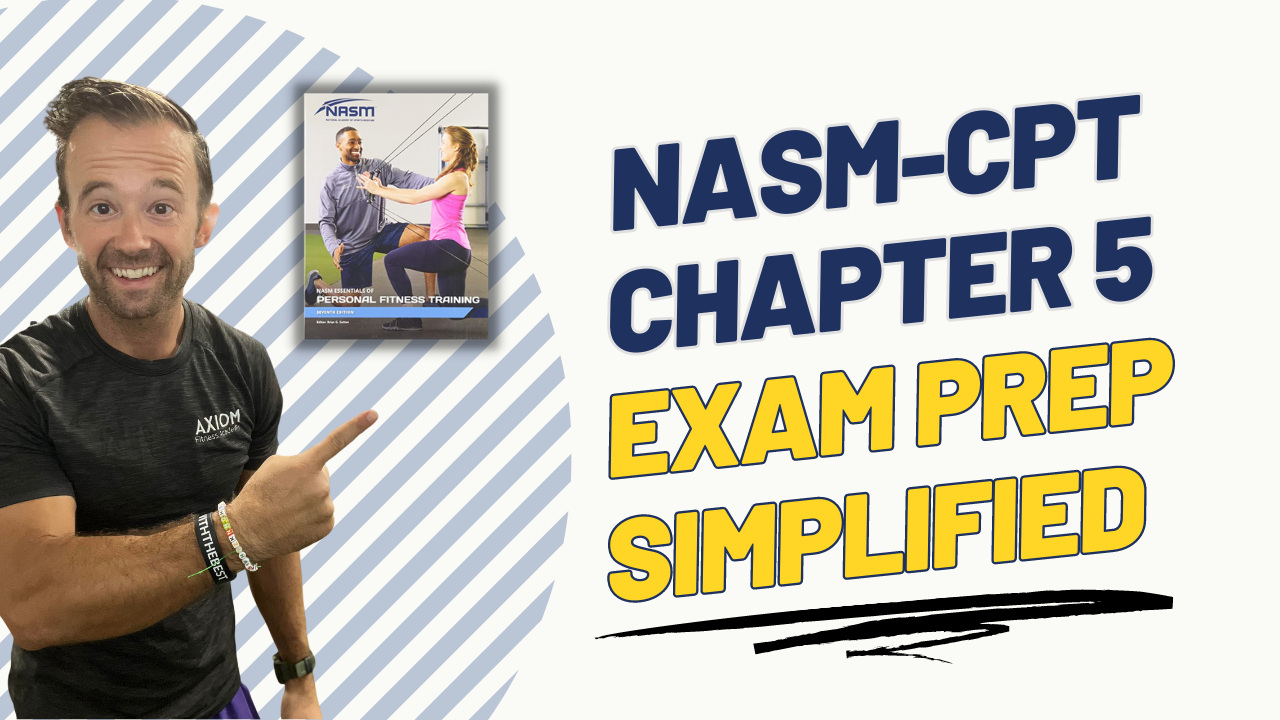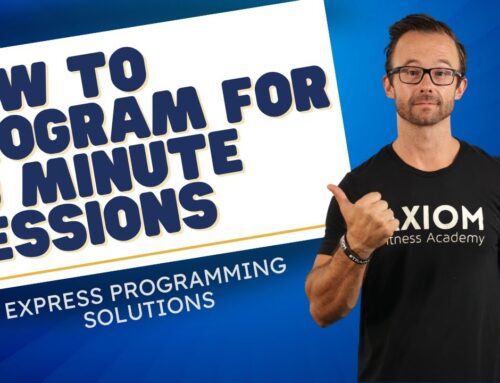
The National Academy of Sports Medicine (NASM) certification is a golden standard for fitness professionals worldwide. Chapter 5 of the NASM textbook, especially in its 7th edition, is known for its depth of information on the human movement system (HMS). It’s a chapter that can make or break many aspiring trainers’ understanding of fundamental concepts crucial for the exam and their future careers. To streamline your study process and ensure you’re focusing on what truly matters, we’ve distilled the chapter down to 14 key terms and concepts that are indispensable for your success.
Understanding the Human Movement System (HMS)
The Kinetic Chain: An Interconnected Marvel
At the heart of Chapter 5 is the concept of the Human Movement System (HMS), which integrates the skeletal, muscular, and neurological systems to coordinate movement. An understanding of the kinetic chain is vital, highlighting our body’s interconnected nature, where joints and muscles work in unison to translate forces. This concept reminds us that in training and rehabilitation, considering the body as an integrated whole is more effective than focusing on isolated parts.
Navigating the Nervous System
The nervous system, often likened to the body’s text messaging service, is crucial for personal trainers to understand. It bridges the external environment with internal processes, leading to movement and reaction. Within this system, differentiating between the somatic and autonomic systems is key, with the former controlling voluntary movements and the latter managing involuntary functions. Mechanical receptors, particularly muscle spindles and golgi tendon organs, are pivotal in understanding how the body responds to changes in muscle length and tension, influencing how we design client programs.
Proprioception: The Sense of Self in Space
Proprioception plays a central role in NASM’s OPT model, especially at the stabilization level. It’s our body’s ability to perceive its position in space, critical for balance, coordination, and effective movement patterns. Enhancing a client’s proprioceptive abilities can significantly improve their performance and reduce injury risk.
The Skeletal System’s Role in Movement
Bone Adaptation and Remodeling
A grasp of the skeletal system’s basics, particularly the distinction between the axial and appendicular skeletons, sets the foundation for understanding human anatomy. Wolf’s law, a principle stating that bones remodel in response to the stresses placed upon them, underscores the importance of progressive overload in training for bone strength and durability.
Muscular System Insights
Muscle Mechanics and Fiber Types
Understanding the muscular system’s intricacies begins with fibrils, the actin and myosin that facilitate muscle contraction. The process of excitation-contraction coupling and the sliding filament theory elucidate how muscle contractions occur, vital for programming effective workouts. Moreover, distinguishing between type I and type II muscle fibers enables trainers to tailor exercises to client goals, leveraging the unique characteristics of each fiber type for endurance or power training.
Conclusion
Chapter 5 of the NASM textbook is a treasure trove of information essential for every personal trainer. By focusing on these 14 terms and concepts, you’ll lay a solid foundation for your NASM exam and a successful career in fitness. Remember, understanding the human body’s complexity allows for more informed programming decisions, ultimately leading to better client outcomes. As you dive into your NASM Chapter study, keep these key terms in mind, and you’ll find yourself well-prepared to tackle the exam and your future training endeavors.
Struggling to study for the NASM-CPT Exam and want to learn more about our industry-leading online courses taught by an instructor in real time? Get more info or hop on a call with an advisor today!
—————————————-
In this video, Coach Joe Drake from the Axiom Fitness Academy shares the only 14 terms you need to learn in chapter 5 and breaks each one down in an easy to digest format.
Want to grab our free study guide?
Click here: http://axiomfitnessacademy.com/study-guide-download






